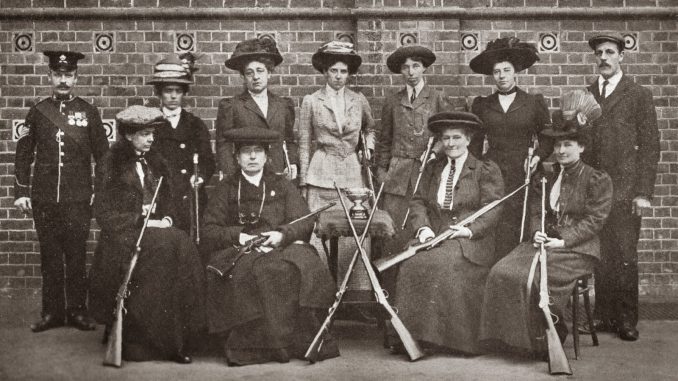
NRA Gun Safety Instructor and TFP Writer, John B. Barrett, continues the Gun Safety Series…
Gun Safety Series-Part 4: Actual Use of Your Firearm
Once you have chosen a cartridge and firearm you must choose the ammunition you will use.
Ammo for Your Firearm:
Some ranges may require hardball or full metal jacket ammunition to limit lead exposure. This is never an acceptable choice for defensive ammunition. It does not expand to transfer energy to your target. It can ricochet. And it may well penetrate your target with enough energy to seriously wound or kill others.
For defensive purposes, a jacketed hollow point is the better option. Jacketed hollow points expand in a controlled manner to reliably transfer energy to the target. This limits the danger to others who may be behind your target. In addition, jacketed hollow points normally fragment upon hitting hard objects, so there is less chance of a ricochet.
There are significant differences in the jacketed hollow points produced by different manufacturers. They range from ordinary hollow points, to those with inverted cones inside to assist expansion, to those with polymer inserts designed to prevent clothing from clogging the hollow point and inhibiting expansion. There are also differences in the jacket thickness and hardness of the lead core.
Gain Experience with Your Firearm Choices
Once you have chosen a brand and style of ammunition, please shoot several boxes of that ammunition to make sure it functions well in your firearm. Not all ammunition is suitable for every firearm. Due to differences in design, some ammunition simply will not feed properly.
Safe Option
Probably the best advice is to choose the same type of ammunition your local police department uses, provided it functions well in your handgun. There are two reasons for this. The first is that the ammunition has been tested and found to be reliable and effective. The second is a legal issue. Should you be required to shoot someone, it is easy to justify the ammunition used by local police. If you use anything else, especially hand loads, a prosecutor or civil attorney representing the person you shot or his family, may well base a criminal prosecution or civil suit on your choice of ammunition.
Holsters: A MUST
Never, ever, ever, carry a handgun without a holster. For women, this includes carrying one in a purse, unless the purse has a built in a holster. There have been far too many instances of a pen, lipstick tube, mascara, or even a piece of clothing catching on the trigger, causing an accidental discharge.
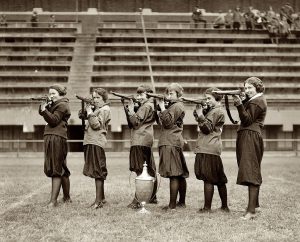
The options regarding firearm holsters are too numerous to go into detail. Generally, for men, there are holsters that go on a belt or inside the belt line, and shoulder harnesses. The latter can be leather for use under a jacket or cloth for wearing under a shirt. For women, there are holsters built into purses, holsters designed to be placed inside a purse, holsters that connect to a bra. There are even a few shoulder harnesses built for women. For both men and women, there are various under shirts, vests and jackets with holsters built in, and fanny packs. I am not a fan of women carrying in a purse, since it is too easy for a woman to set her purse down while doing something else. When you set it down, it is no longer secure on your person. And even when carrying it, purses are stolen.
Best Advice on Holsters and Your Firearm
My best advice is to try different options to see what is comfortable for you.
The Importance of a Firearm License
Even if the laws of your state do not require a license to carry a concealed firearm, it is important to do so. It is a federal felony to possess a firearm within 1,000 feet of school property. Federal law provides an exception for a person with a state-issued license. A concealed carry license satisfies that requirement. Without that license, it is virtually impossible to carry a firearm without committing a felony.
The Responsibility with a Firearm
Regardless of anything else I have written, carrying a firearm is a tremendous responsibility. You are carrying with you the ability to take another person’s life. As a result, it is absolutely imperative that you obtain adequate training, including a concealed carry course, that you be aware of your surroundings at all times, that you ensure the security of your firearm at all times, that you be emotionally prepared to use your firearm, and that you observe all safety rules at all times.
About this Author: John B. Barrett is an NRA certified gun safety instructor, along with being a regular writer for The Founding Project. His usual bio is included with this publication.
Thank you to John for contributing this valuable series to The Founding Project.

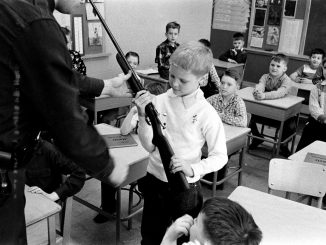
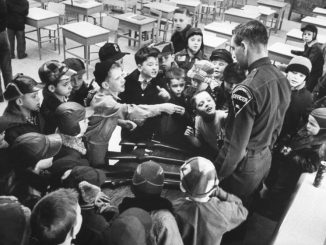
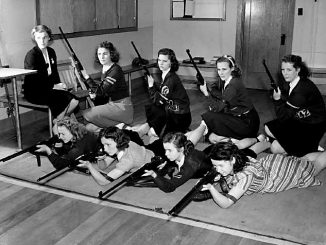
Leave a Reply